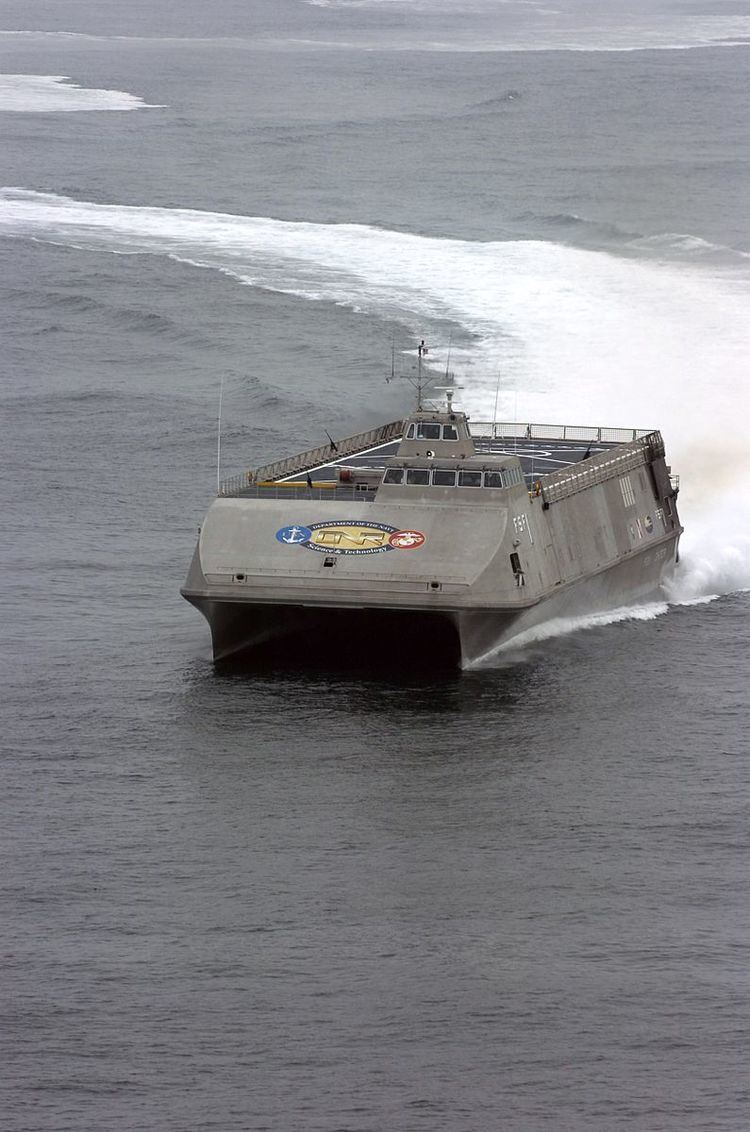Phone +1 703-696-5031 | Founded 1945 | |
 | ||
Address 875 N Randolph St, Arlington, VA 22217, USA Similar Naval Postgraduate School, Woods Hole Oceanogr, Scripps Institution of Ocean, United States Naval Ac, Stanford University Profiles | ||
Office of naval research electromagnetic railgun first shot commissioning series 720p
The Office of Naval Research (ONR) is an organization within the United States Department of the Navy that coordinates, executes, and promotes the science and technology programs of the U.S. Navy and Marine Corps through schools, universities, government laboratories, nonprofit organizations, and for-profit organizations. It is headquartered in the Ballston neighborhood of Arlington, Virginia.
Contents
- Office of naval research electromagnetic railgun first shot commissioning series 720p
- Office of naval research highlight video
- Overview
- Science and Technology Departments
- ONR Corporate Programs Research Education
- Naval Research Laboratory
- ONR Global
- Research
- References
ONR reports to the U.S. Secretary of the Navy through the Assistant Secretary of the Navy for Research, Development and Acquisition. The Chief of Naval Research is Rear Admiral Mathias W. Winter and the Vice Chief of Naval Research is Brigadier General Kevin Killea, United States Marine Corps, who also serves as Director of United States Marine Corps Futures Directorate and Commanding General of the United States Marine Corps Warfighting Laboratory.
ONR executes its mission through
In 2007, a Naval S&T Strategic Plan was developed to describe how ONR will enable the future operational concepts of the Navy and the Marine Corps. This plan was updated in 2009 and 2011. By design, it is a broad strategy that provides strong direction for the future, but it is aimed to retain sufficient flexibility and freedom of action to allow ONR to meet emerging challenges or alter course as directed by senior Naval leadership.
Office of naval research highlight video
Overview
ONR was authorized by an Act of Congress, Public Law 588, and subsequently approved by President Harry S. Truman on August 1, 1946, with the stated mission of "planning, fostering, and encouraging scientific research in recognition of its paramount importance as related to the maintenance of future naval power and the preservation of national security."
Today, ONR carries out its mission by funding (through grants and contracts) world-class scientists, technologists, and engineers who perform basic research, technology development, and advanced technology demonstrations. More than 50 researchers have won a Nobel Prize for their ONR-funded work.
Continuous investment in new and innovative technology enables ONR to build and maintain the world’s most capable Navy. Its focus is long term, yet it is highly responsive to near-term Naval needs. ONR's balanced S&T Portfolio is allocated to meet the broad spectrum of warfighter requirements: 10% Quick Reaction 30% S&T Acquisition Enablers 10% Leap Ahead Innovations 40% Discovery & Invention (Basic and Applied Science) 10% Other.
Science and Technology Departments
ONR has six science and technology departments that fund basic research programs, primarily through U.S. universities; technology research programs, primarily through government and nongovernment laboratories; and, advanced technology demonstration programs, primarily through U.S. industry and companies. The six departments support efforts span from combating terrorism to oceanography and from sea warfare to life sciences.
Additionally, ONR has an Office of Transition that supports technology transitions to the Navy and Marine Corps; a Small Business Innovative Research Office that encourages small businesses to develop and commercialize products in support of ONR’s mission; a Future Naval Capabilities Program that works to provide technologies to close warfighting gaps; and a Corporate Programs Office that supports cross-disciplinary research and education programs.
ONR Corporate Programs: Research & Education
In general, corporate programs are designed to increase the numbers and capabilities of engineers, scientists, and government personnel available to carry out efforts that support national defense and to provide evolutionary and often revolutionary technological capabilities to the United States Navy and Marine Corps. To accomplish this, ONR supports many Corporate research and education programs:
Naval Research Laboratory
Founded in 1923, NRL employs over 2,500 scientists and engineers. NRL is the corporate research laboratory for the Navy and Marine Corps and conducts a broad program of scientific research, technology and advanced development. It has a prestigious history, including the development of the first U.S. radar system, developing synthetic lubricants (for modern gas turbine engines), over-the-horizon radar, the first U.S. surveillance satellite, and the Clementine mission. A few of the Laboratory's current specialties include plasma physics, space physics, materials science, and tactical electronic warfare.
ONR Global
The U.S. Office of Naval Research Global provides worldwide science & technology-based solutions to current and future Naval challenges. ONR Global combines the expertise of over 40 scientists, technologists, and engineers with a physical presence on five continents. The ONR Global team is committed to working with the broad global technical community and the operational Fleet/Force commands to foster cooperation in areas of mutual interest and to bring the full range of possibility to the Navy and Marine Corps.
ONR Global regional offices are located in:
ONR Global is a supporter of the Global Security Challenge at the London Business School.
Research
ONR's investments have enabled many firsts, including the launch of the first U.S. intel satellite; the development of SEALAB I/II; the validation of the GPS concept and launch of the first GPS satellite; the first global atmospheric prediction model; GWOT support through various quick response programs; and, most recently, the Electromagnetic Railgun, the Infantry Immersive Trainer and Super-conducting Motors. Others include:
The ONR has also sponsored symposia such as the Symposium on Principles of Self-Organization at Allerton Park in 1960.
